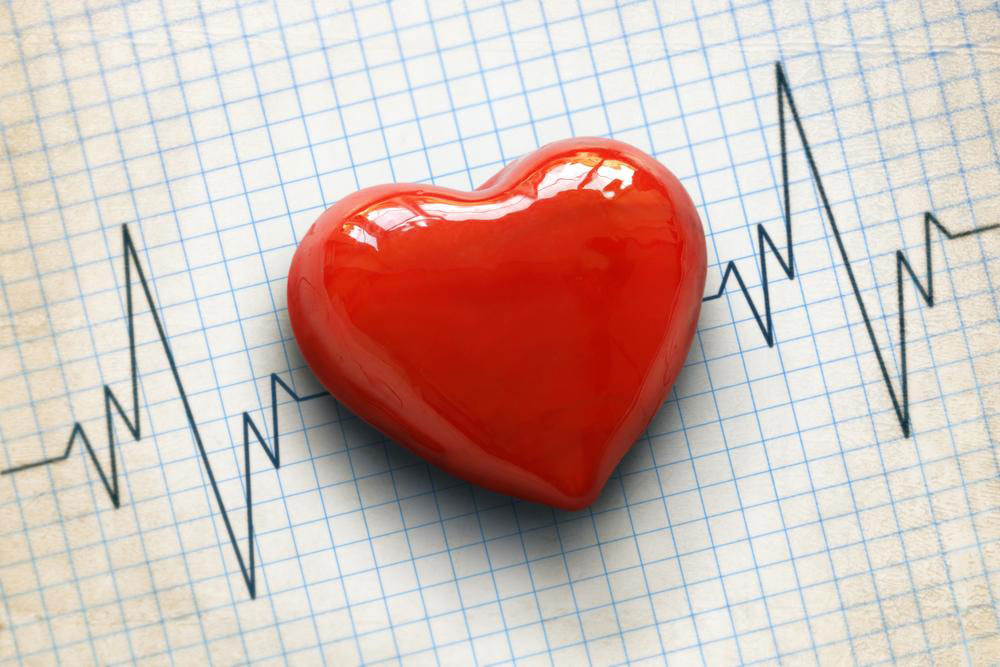Effective Tips to Reduce Cholesterol Levels
Have you been battling with high cholesterol problems and are wondering how to lower LDL cholesterol levels? High cholesterol increases the risks of heart attacks and diseases. Although treatment may help improve your cholesterol levels, you still need to make essential lifestyle changes to boost the cholesterol-lowering power of the treatment.
Making some changes in the diet can help reduce the level of fat in the body and help enhance your heart’s health. The following changes can help you be on your way to having a healthy heart:
- Eliminate trans fats – Often labeled as partially hydrogenated vegetable oils, trans fats are used in store-bought crackers, cookies, cakes, as well as in margarine. They raise the levels of cholesterol in your body and that’s why most hydrogenated vegetable oils are not recommended for use when the LDL levels in the body are high.
- Reduce saturated fats – Primarily found in full-fat dairy products and red meat, saturated fats can raise your cholesterol levels. By decreasing consumption of saturated fats, you will be able to reduce LDL cholesterol levels in your body.
- Increase the intake of soluble fiber – Foods that are rich in soluble fiber are great at lowering cholesterol levels naturally. The soluble fiber reduces the absorption of cholesterol into the bloodstream. Therefore, consider eating more fiber-rich foods such as barley, yams, oats, sweet potatoes, oat bran, and other types of potatoes. Beans or legumes like black beans, peas, pinto beans, garbanzo beans, and kidney beans are also excellent sources of soluble fiber. Vegetables are also rich in soluble fiber so consider including beets, eggplant, carrots, okra, and Brussels sprouts in your diet. Some good fiber-rich fruits are oranges, passion fruit, berries, apricots, apples, pears, and nectarines.
- Take foods that have omega-3 fatty acids – Although omega-3 fatty acids do not affect LDL cholesterol levels, they offer essential heart benefits that can’t be ignored, like reducing blood pressure. Omega-3 fatty acid-rich foods include flaxseeds, walnuts, mackerel, salmon, and herring.
- Eat whey protein – Found in dairy products, whey protein accounts for various health benefits that are attributed to dairy. According to research, when whey protein is administered as a supplement, it lowers both total cholesterol and LDL cholesterol including blood pressure.
- Eat protein-rich plant foods – Consider substituting meat with protein-rich foods including legumes such as peas, beans (red beans, pinto beans, soybeans, white beans), and lentils. These foods contain nutritional riches and are a healthy protein alternative to meat. Legumes also help lower blood sugar, non-HDL cholesterol, reduce LDL cholesterol, and insulin levels, and also reduce the risk of cancer.
- Nuts and seeds – These foods have also been proven to lower LDL cholesterol levels modestly. To ensure you avoid blood pressure, choose to consume the dry roasted or raw unsalted varieties. Make sure you don’t eat over 1 ounce a day since nuts and seeds contain about 175 calories per ounce. Excessive intake can lead to weight gain.
Workout and increase your daily physical activity
Exercise helps improve cholesterol by raising HDL cholesterol levels. Make sure you get your doctor’s approval before you start any workout especially if you want to undertake a vigorous aerobic workout activity. However, as long as you are healthy, you can exercise for at least 30 minutes a day, five times a week. Additionally, physical activities in short intervals every day can also help you lose weight. So, consider playing your favorite sport, riding a bike to work, and taking a brisk walk whenever you are free. In case you feel bored with exercising at some point, consider finding an exercise partner or joining a group to stay motivated.
Quit smoking
Smoking increases LDL cholesterol levels. You can improve your HDL cholesterol levels when you stop smoking, and the benefits occur very quickly. Once you quit smoking, your blood pressure and heart rate will recover from the spike induced by cigarettes in around 20 minutes. Within three months of quitting, lung function and blood circulation will start to improve. In a year’s time, your risk of having heart diseases will reduce by half compared to that of a smoker.
Lose weight
Another way you can lower LDL cholesterol level is by losing extra weight. Make sure you avoid taking sugary beverages and snacks like popcorn or pretzels to control your weight. When you crave for something sweet, try alternatives such as candies or sherbet with little or no fat, like jelly beans.
Take alcohol in moderation
Reduced alcohol intake is linked with high HDL cholesterol levels even though the benefits are not strong enough as compared to a person who doesn’t take alcohol. If you take alcohol, consider doing so in moderation or stopping altogether. Excessive intake of alcohol leads to severe problems such as heart failure, blood pressure, and stroke.
Now that you know how to lower LDL cholesterol, ensure to make such necessary lifestyle changes. These will help steer clear of many lifestyle diseases.



